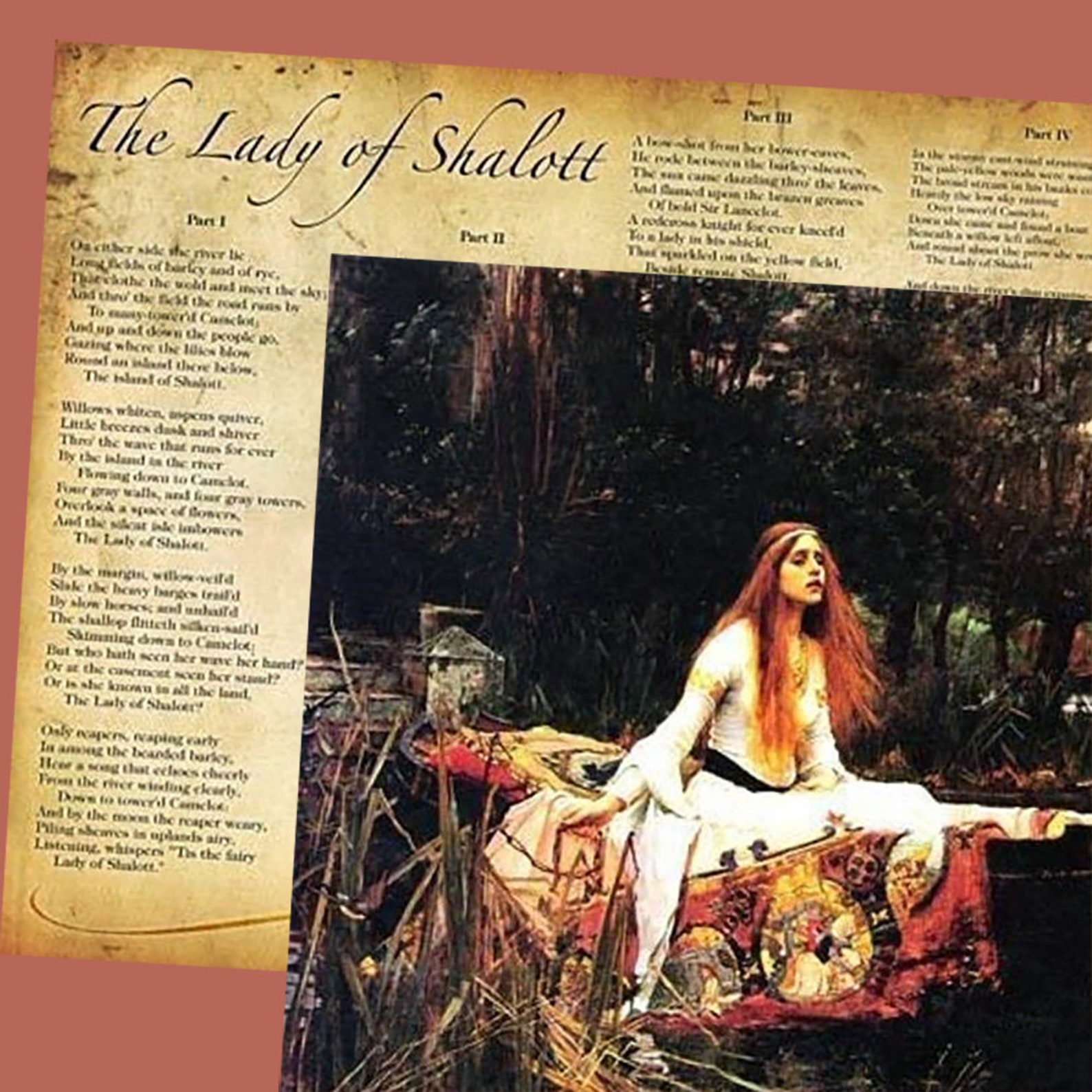

The imagery of the poem is vivid and memorable, from the ‘mouse’ that ‘behind the mouldering wainscot shriek’d’ or the ‘blue fly’ that ‘sung in the pane’. This early poem, published in 1830, ‘arose to the music of Shakespeare’s words’ (according to Tennyson) – the words in question being taken from Measure for Measure, in which ‘the dejected Mariana’ dwells ‘at the moated grange’. In other words, at the end of the journey of life, one will see the person responsible for seeing one through the voyage: God the Pilot, whom Christians believe they will see in heaven.There is little more that needs saying, so we’ll let this poem speak for itself. God – ‘face to face’ recalls the lines from 1 Corinthians 13:12: ‘For now we see through a glass, darkly but then face to face: now I know in part but then shall I know even as also I am known.’

Tennyson later commented of the Pilot in the poem (who we can analyse as a representative of God): ‘The Pilot has been on board all the while, but in the dark I have not seen him.’ This description of seeing ‘the Pilot’ – i.e. He wrote the poem on 2 December 1854 in response to an article in The Times about the battle, and the poem was published in The Examiner a week later. You can listen to Tennyson reading the poem here.Ī meditation on death, written when Tennyson was in old age, ‘Crossing the Bar’ is one of the shortest poems on this list. No list of the best Tennyson poems would be complete without ‘The Charge of the Light Brigade’, one of his best-known poems the poem is one of the rare instances of a Poet Laureate producing a good poem while in office.


 0 kommentar(er)
0 kommentar(er)
